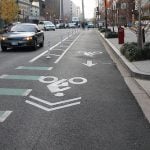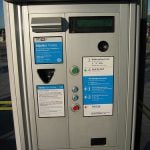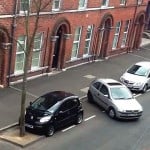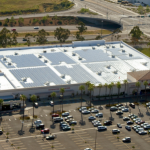Creative new uses for old parking spots: Parking evolution or pedestrian revolution?
With humans becoming more aware of our damaging footprint on the earth, cities have become more eco-friendly. All over the world, signs of our changing mentality are cropping up. One such outlet of change is the still new, but trundling forward: the idea of parking evolution. Parking spaces are being turned into parklets, gardens, outdoor seating, and sprouting bicycle locking stations, while automated parking garages are creating more space above ground for objects other than cars.
Instead of space for one car, there’s room for several bicycles
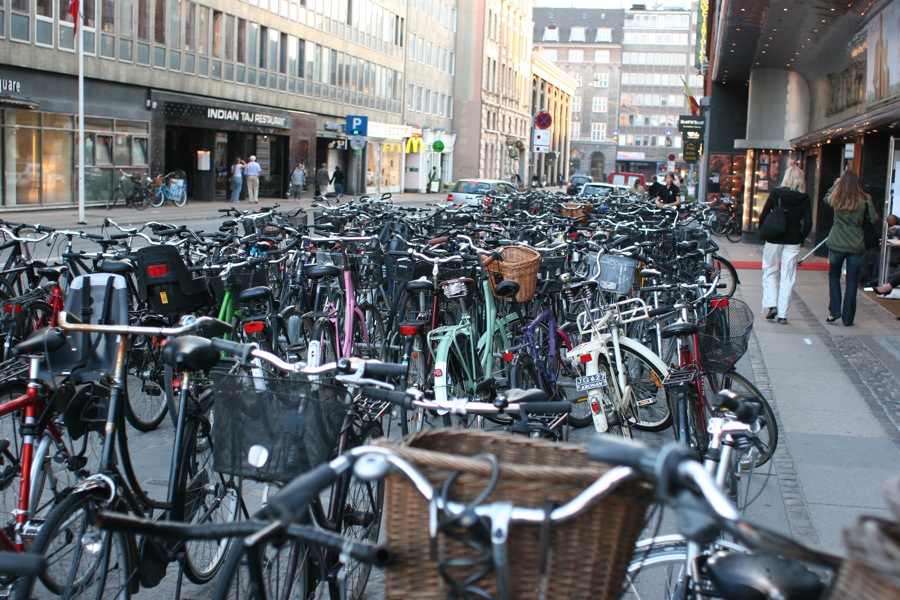
Parking space is no longer just for cars (photo by Pierre Phaneuf).
Europe is at the forefront of the cycling revolution and at its head is Copenhagen, Denmark: a city where 50 percent of residents commute by bike. It is the model for many other cities looking to become more eco-friendly and has been using street space for bike storage. In fact, Copenhagen’s city planners have been taking parking spaces away in favor of bike lanes, bike parking, and sidewalks, leaving only 7,000 parking spaces downtown.
Taking spots away from cars and giving it to bike parking or bike share docking stations has also generated more foot traffic. Instead of one car remaining in a spot for two hours, people come back and forth with their bikes, pop in and out of stores, and don’t worry about wasting time trying to find a parking spot. However, more foot traffic and turnover means more businesses open for browsing and recreation. Enter on-street cafés and seating areas: another parking evolution.
Pedestrians are taking back the streets
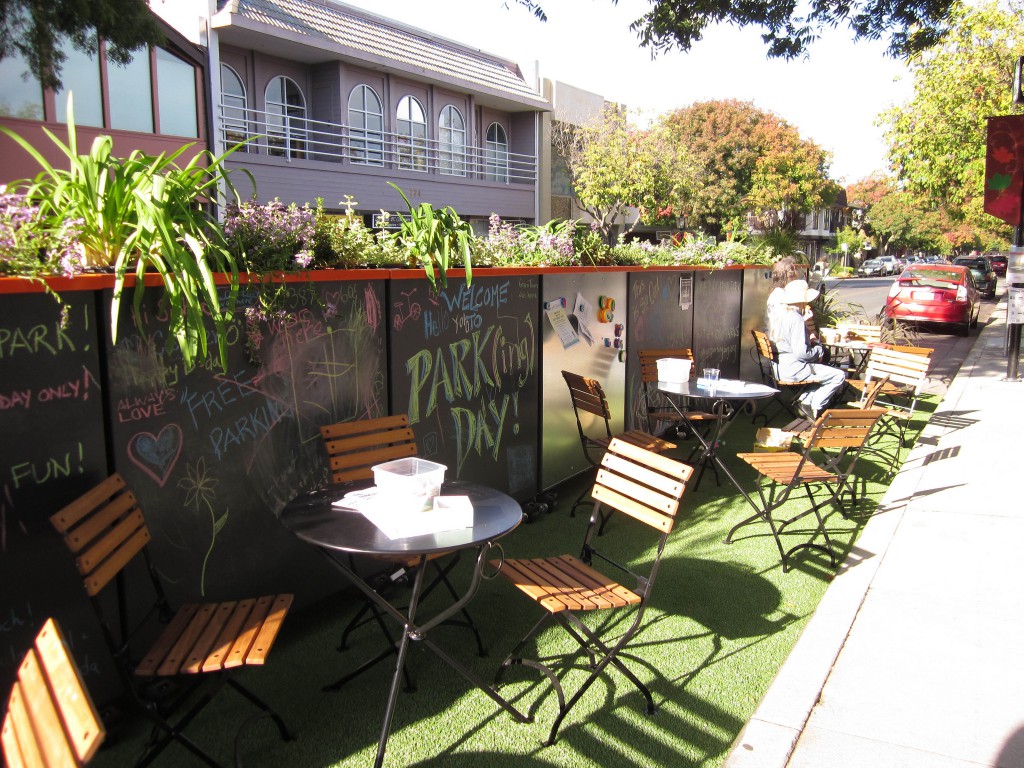
A parklet presiding over the street on PARK(ing) day, 2012 (image by Jim Fenton).
Curb parking spaces are being turned into outdoor schmoozing areas. Inspired by
What’s a parklet? You ask. It’s basically “a small space serving as an extension of the sidewalk to provide amenities and green space for people. Parklets offer a place to stop, to sit, and to rest while taking in the activities of the street,” according to Wikipedia.
The downside to these parklets is that there is, of course, less parking. However, with the movement aiming to have less congestion in cities and more pedestrian traffic, this may be a step in the right direction. With car shares and bike shares, we can keep up the urban parking evolution momentum and not worry about the loss of space to private cars.
Nature is taking over again
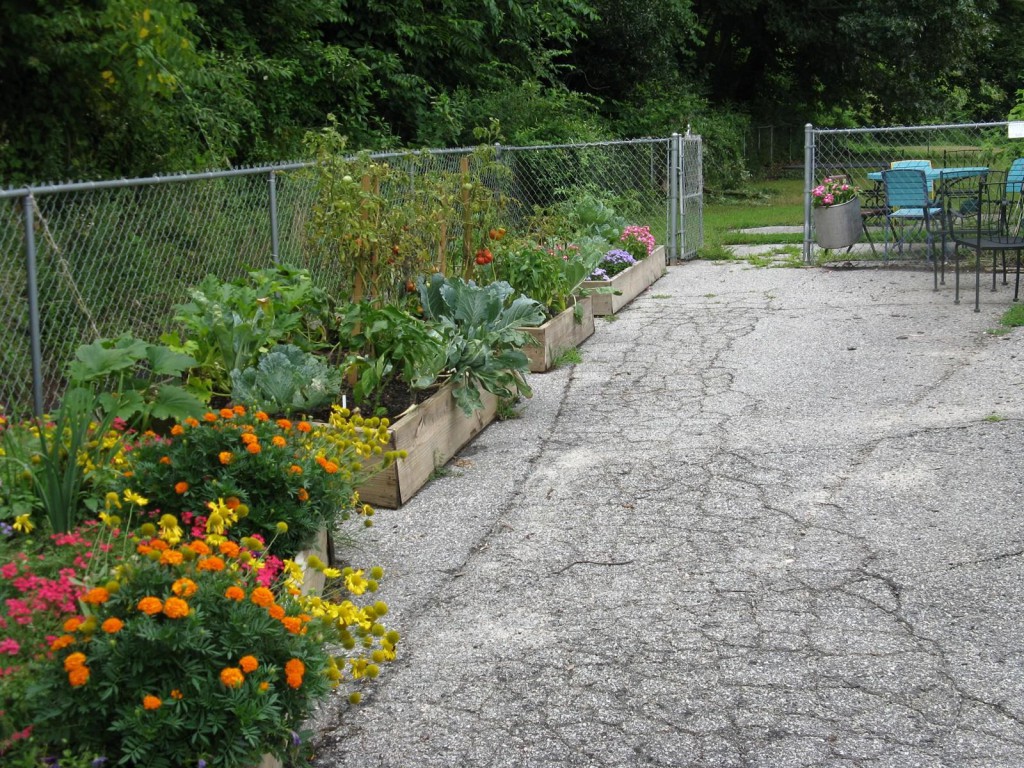
North Carolina – An example of how we can use a vacant parking lot (photo via Carol Norquist).
It sounds like nature has finally decided to rebel against the concrete and human development. Imagine huge roots coming out of the ground and tearing everything apart…just kidding. We (people) are actually doing the work, and turning parking spaces back into gardens.
These parking lot gardens are yet another way to start retracing our steps and reduce our footprint. Recently, many organizations and businesses helped put together a 250-bed community garden in an abandoned parking lot in Southwest Detroit. They used old shipping crates, and now there are more than 1,400 plants for residents to cultivate.
Many cities are starting to warm up to the idea of urban gardening, though not necessarily in parking lots. However, smaller projects are sprouting up all over, and hopefully more will be created at a larger scale.
We’re finally doing something about ugly parking garages
So you’re probably thinking this is all great, green, and pretty. But if parklets and gardens start taking over all the on-street parking spaces, where does my car go? I hate dealing with parking garages.
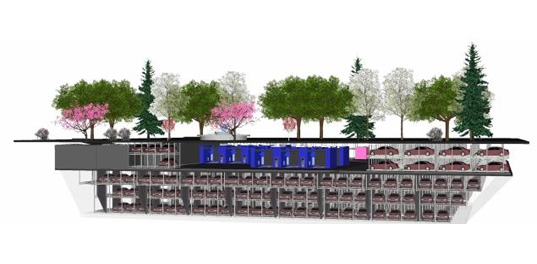
An idea of what the automated parking garage will look like in Brooklyn (image via inhabitat).
You may hate the hassle and price of parking garages, but the next revolution in parking evolution is automated parking garages. They’re efficient and they maximize space. At the moment, they’re almost exclusively for wealthy apartment complexes, but they’re migrating to the normal populace too. For example, a beautiful, spatially conscious, very futuristic, automated parking garage is planned to go under a park in Brooklyn.
The way you use these is: pull your car up to the door, click a few buttons, and leave your car at the mercy of a robotic arm or lift that will place it somewhere. It only takes about five minutes to retrieve your car, and the rates don’t have to be too high, since this particular garage in Brooklyn is actually cheaper to build than a larger, less robotic, garage. Hopefully, more will follow in its footsteps.
Think about the amount of space we would have if we got rid of parking lots in front of strip malls and large, ugly parking garages next to malls? Homes, retail stores, and parks would replace the often empty garages; green would be everywhere.
I see cities with cars in the automated parking garages underground, bike lanes, trees, grassy parklets, and outdoor cafés lining the streets. What do you see?
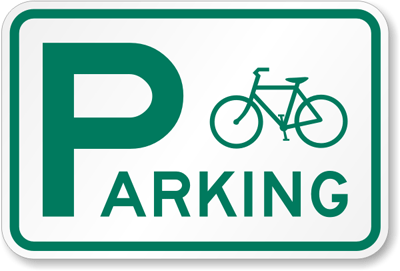
These signs will be seen more frequently in the coming years. View sign here.
Related Posts
Category: Green Parking, Parking Tech













